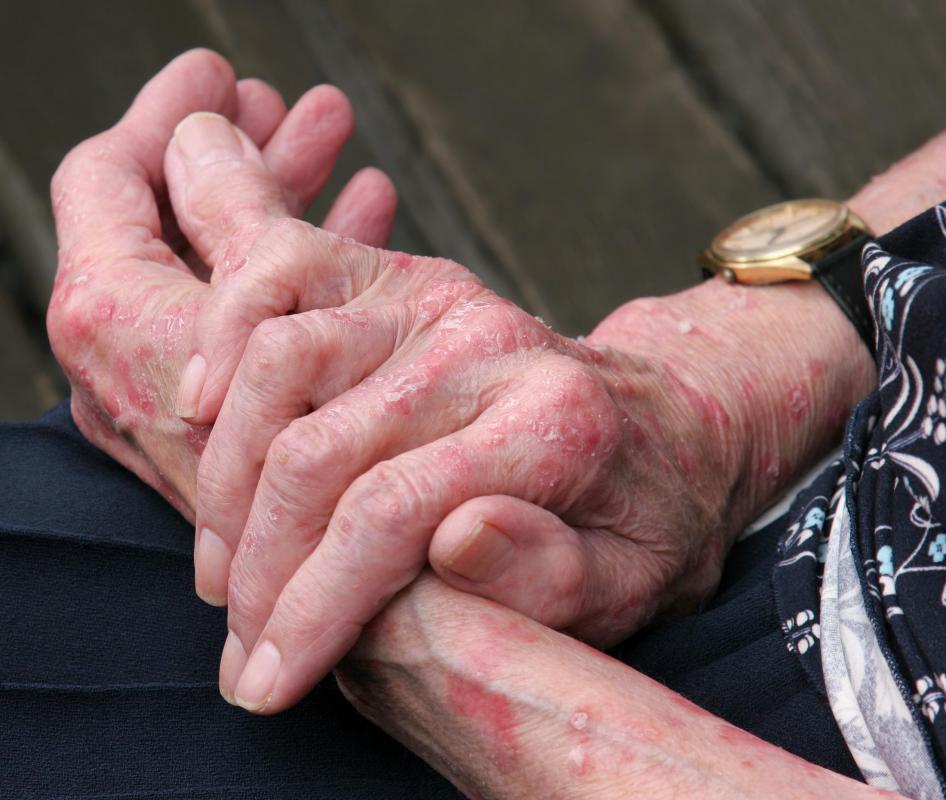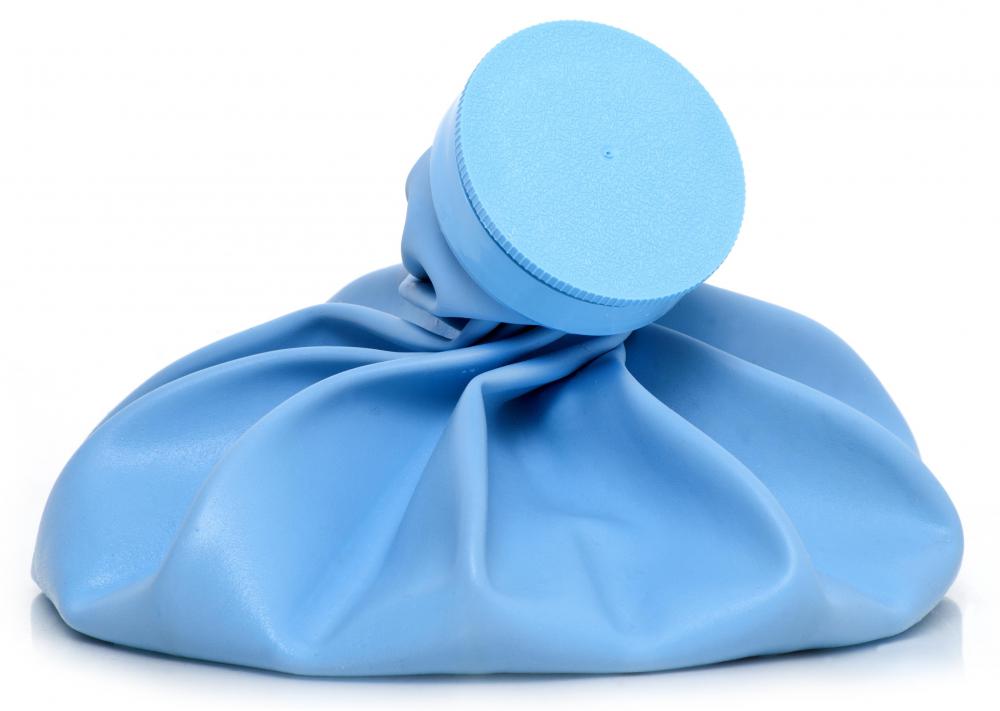At TheHealthBoard, we're committed to delivering accurate, trustworthy information. Our expert-authored content is rigorously fact-checked and sourced from credible authorities. Discover how we uphold the highest standards in providing you with reliable knowledge.
What is Pressure Urticaria?
Pressure urticaria is the development of raised, itchy, reddish areas of skin in response to pressure. The skin changes may occur four to eight hours after the pressure is relieved, and some doctors prefer the term "delayed pressure urticaria" to describe this phenomenon. This condition can become chronic and it is often stubborn and difficult to treat. In some patients, it may be disabling.
While many people notice a brief flaring of redness and soreness after pressure is relieved, as seen when someone loosens a tight skirt at the end of the day and a red line is left behind, pressure urticaria is a spreading rash, rather than a mark solely where the skin was kept compressed. The rash is also raised and can be itchy or painful. By contrast, the red marks left by tight straps and bands are usually not sensitive, and they may be depressed, with divots or markings left by the pattern of the strap.

The hives can persist for hours or days. Patients may develop pressure urticaria from clothing, leaning on surfaces like desks, and other situations where the skin is put under pressure. This condition is relatively rare, but can be more common in people with a general history of hives and skin sensitivity. Patients may experience hives in response to pressure for years, sometimes with a worsening of the condition in response to situational factors.

Aspirin can sometimes make pressure urticaria worse. Patients may take anti-inflammatory drugs, as well as antihistamines to reduce the intensity of the inflammation and keep the swelling down. Treatment options can also include steroids if more conservative drugs do not work, and ice to treat the swelling. It may also be necessary to make lifestyle adjustments, such as padding seating to reduce pressure on the buttocks with the goal of preventing hives caused by the pressure from sitting.

If pressure urticaria develops in a patient for the first time, the patient should visit a dermatologist to discuss the situation and explore treatment options. The dermatologist can examine the patient, learn more about the hives and the situations where the patient develops skin reactions, and create a treatment plan to manage to minimize the problem. Patients should be aware that this condition can be hard to treat, and it may be necessary to try several approaches before finding an effective treatment. Patients who experience a worsening of symptoms should report it to a doctor, as it may be a sign of complications or failing treatments.
AS FEATURED ON:
AS FEATURED ON:


















Discussion Comments
I used to have panic attacks every time I developed pressure hives and I think that was actually making it worse. I'm on anti-anxiety medication now and it's helping.
@ankara-- I've had chronic pressure urticaria for more than ten years. I wish I could tell you that there is a cure, but there isn't one. Doctors haven't been able to figure out the cause yet.
The most effective treatment I've found over the years is corticosteroid medications. I can always feel my hives coming on because my muscles become tight and my skin begins to hurt. When the symptoms start, I take a low dose corticosteroid and it keeps the hives from becoming full-blown. You can't take corticoteroids everyday, but they can help when you really need something.
I have delayed pressure urticaria and it's making my life hell. I was diagnosed just recently, but I have had it for the past several months. It started suddenly one day after I got home from work. I had been working at my desk all day with my legs bent and when I got home, I developed swelling and hives underneath my knees. I couldn't bend my knees or move my legs.
Since that day, I've been experiencing these symptoms after I sit in a position for too long or wear clothing that's slightly uncomfortable. I usually wake up with it because of the position I slept in during the night.
My doctor has given me antihistamines and said that that's all he can do. Is there really no cure for this condition? Do I have to live with these terrible pressure urticaria symptoms for the rest of my life now?
Post your comments